Curiosities of Chile, a narrow strip of land stretching along the western edge of South America, is a country of remarkable diversity, spanning from the arid Atacama Desert to the glaciers of Patagonia. Chile’s unique geography, cultural heritage, and historical significance contribute to its distinct identity. In this exploration, we delve into some of the most striking curiosities that make Chile a unique and captivating nation.
Atacama Desert:
The Atacama Desert, often considered the driest desert in the world, is a stark and mesmerizing landscape that spans northern Chile. From otherworldly rock formations to vast salt flats and high-altitude lagoons, the Atacama offers a surreal environment that has become a haven for stargazers due to its clear night skies.
Easter Island (Rapa Nui):
Easter Island, known as Rapa Nui in the local Polynesian language, is a remote island in the Pacific Ocean that is home to the iconic Moai statues. These colossal stone figures, carved by the Rapa Nui people, continue to captivate the world with their mysterious origins and the engineering feat of transporting them across the island.
Torres del Paine National Park:
Torres del Paine National Park, located in the southern reaches of the Andes, is a breathtaking wilderness of jagged peaks, glaciers, and pristine lakes. The iconic granite towers (torres) that give the park its name are a symbol of Patagonia’s untamed beauty and attract hikers and nature enthusiasts from around the globe.
Valparaiso’s Street Art:
Valparaiso, a vibrant coastal city, is renowned for its colorful and eclectic street art. Murals and graffiti cover the hillsides, transforming the city into an open-air art gallery. Valparaiso’s street art scene reflects the city’s bohemian spirit and has become a symbol of cultural expression.
Chilean Wine Country:
Chile has gained international acclaim for its wine production, particularly in regions such as the Maipo Valley, Casablanca Valley, and Colchagua Valley. The country’s diverse climate and geography contribute to the cultivation of a variety of grapes, with Chilean wines, especially Cabernet Sauvignon and Carmenere, earning recognition worldwide.
Mapuche Culture:
The Mapuche people, one of Chile’s indigenous groups, have a rich cultural heritage that predates the arrival of the Spanish. Known for their intricate textiles, traditional music, and spiritual beliefs, the Mapuche contribute to the country’s multicultural identity.
Chiloé Archipelago:
The Chiloé Archipelago, off the coast of southern Chile, is known for its unique blend of folklore, mythology, and distinctive wooden churches. Chilote mythology includes creatures like the Caleuche, a ghost ship, and the Trauco, a mythical being. The archipelago’s colorful palafitos (stilt houses) and rich cultural traditions make it a captivating destination.
The Andes Mountain Range:
The Andes, the world’s longest continental mountain range, form Chile’s eastern border. This formidable mountain range not only influences Chile’s climate but also provides opportunities for outdoor adventures, including skiing in the winter and trekking in the summer.
Puerto Varas and the German Influence:
Puerto Varas, situated on the shores of Lake Llanquihue, reflects the German influence on Chile’s culture. German immigrants settled in this region in the mid-19th century, leaving their mark on architecture, cuisine, and the local traditions, evident in events like the Oktoberfest celebration.
La Moneda Palace:
La Moneda Palace, located in the capital city of Santiago, is the seat of the Chilean government. The neoclassical building has historical significance, as it witnessed the 1973 coup d’état that led to the overthrow of President Salvador Allende. Today, the palace is a symbol of Chilean democracy and political history.
Cueca Dance:
Cueca, the national dance of Chile, is a lively and symbolic expression of the country’s identity. Dancers wear traditional attire and perform intricate footwork, handkerchief twirling, and flirtatious movements. The dance reflects both indigenous and Spanish influences and is an integral part of Chilean celebrations.
Pisco Sour and Pisco Elqui:
Pisco Sour, a popular cocktail made with pisco (a grape brandy), lemon juice, simple syrup, egg white, and bitters, is a beloved drink in Chile. The town of Pisco Elqui, located in the Elqui Valley, is a significant pisco-producing region, where visitors can explore vineyards and distilleries.
Chilean Patagonia’s Fjords:
Chilean Patagonia is characterized by its pristine fjords, glaciers, and remote wilderness. The region’s fjords, such as the Agostini Sound and the Strait of Magellan, offer a unique maritime landscape that can be explored by cruise or expedition.
Astronomy Observatories:
Chile is home to some of the world’s best astronomical observatories due to its clear skies and high-altitude locations. Observatories like the Paranal Observatory and the Atacama Large Millimeter/submillimeter Array (ALMA) contribute to groundbreaking discoveries in the field of astronomy.
Lauca National Park and Altiplano:
Lauca National Park, located in northern Chile, is part of the Altiplano, a high plateau surrounded by volcanoes. The park’s landscapes include high-altitude lakes, expansive plains, and unique wildlife, such as vicuñas and flamingos.
Copper Mining in Chuquicamata:
Chuquicamata, one of the largest open-pit copper mines in the world, is a testament to Chile’s significant role in global copper production. The mining industry has played a crucial role in the country’s economy and export revenue.
Rodeo Tradition:
Rodeo, a traditional Chilean sport, involves horsemen demonstrating their skills in herding cattle within a circular arena called a medialuna. Rodeo competitions celebrate horsemanship and the rural way of life, showcasing Chile’s strong agricultural heritage.
Pucón and Villarrica Volcano:
Pucón, nestled on the shores of Lake Villarrica, is a popular destination for adventure seekers. The Villarrica Volcano, an active stratovolcano, provides opportunities for hiking and climbing, with the reward of panoramic views from the summit.
Valdivian Rainforest:
The Valdivian rainforest, located in southern Chile, is one of the few temperate rainforests in the world. Its lush vegetation, ancient trees, and diverse ecosystems contribute to the country’s ecological richness.
Chile’s Longitudinal Extension:
Chile’s unique geographic layout results in an exceptionally long north-to-south extension. This longitudinal stretch contributes to the country’s diverse climates, from the arid deserts of the north to the subpolar conditions in the south, providing an array of ecosystems and experiences within a single nation.
Conclusion:
Chile’s uniqueness lies in the convergence of its natural wonders, cultural diversity, and historical legacies. From the celestial observatories of the Atacama Desert to the folklore of Chiloé, the country invites exploration and appreciation for its multifaceted identity.
As Chile continues to navigate its path in the 21st century, its striking curiosities remain a source of pride for its people and an invitation for the world to discover the richness of this South American gem. Whether marveling at the Moai statues on Easter Island, sipping Chilean wine in the valleys, or trekking through the fjords of Patagonia, Chile stands as a testament to the beauty of its landscapes and the resilience of a nation shaped by its geographical and cultural tapestry.


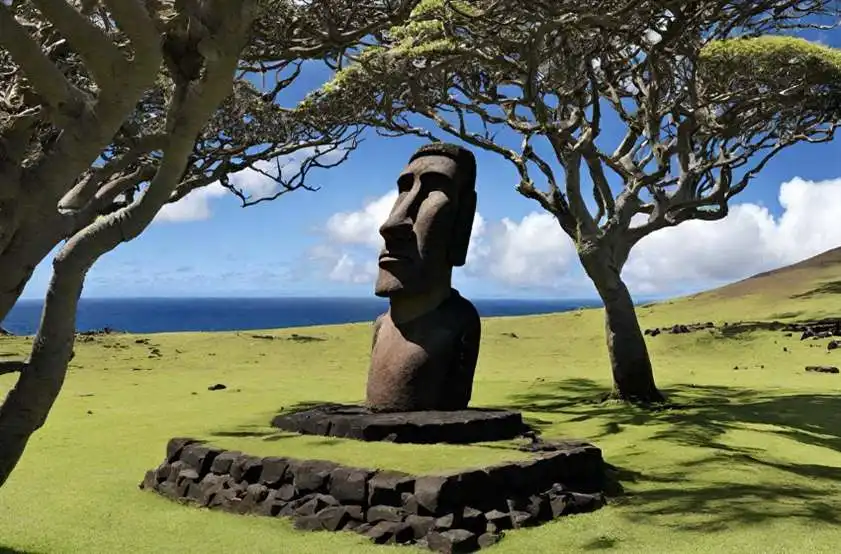
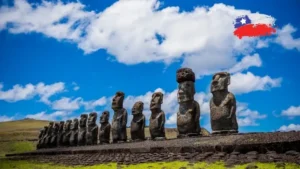
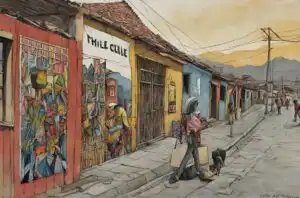




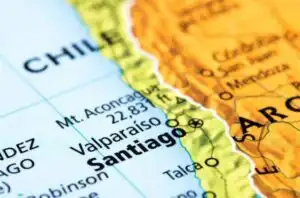

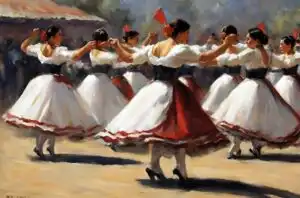
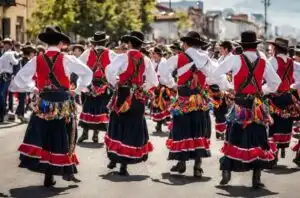
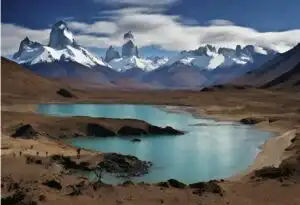




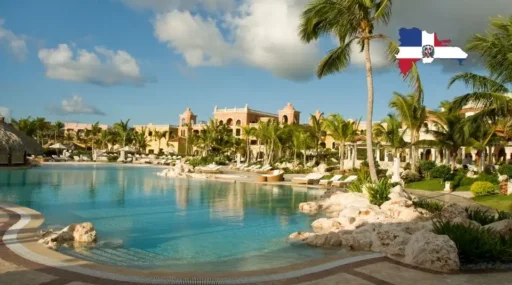

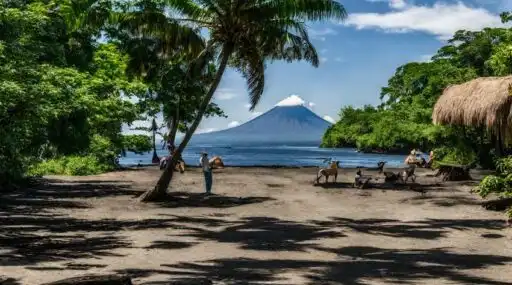


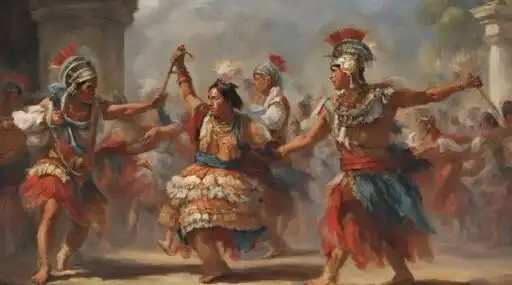





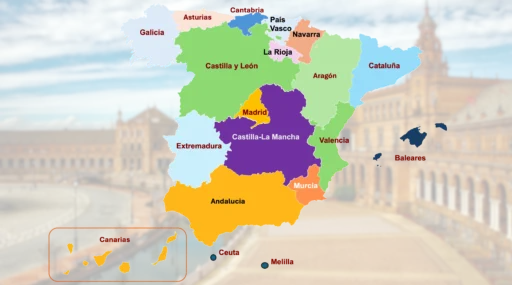

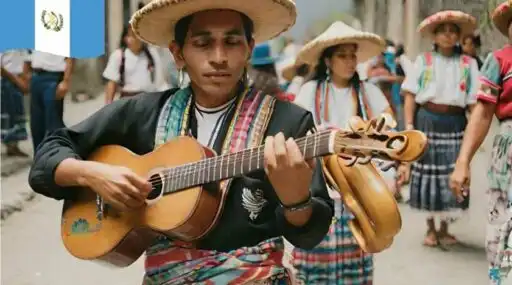


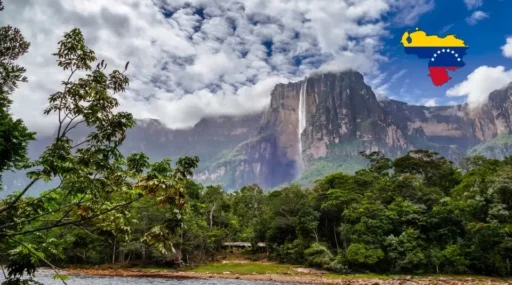
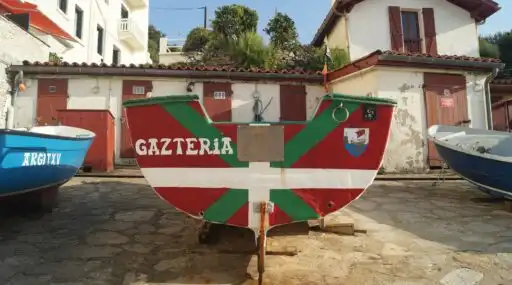

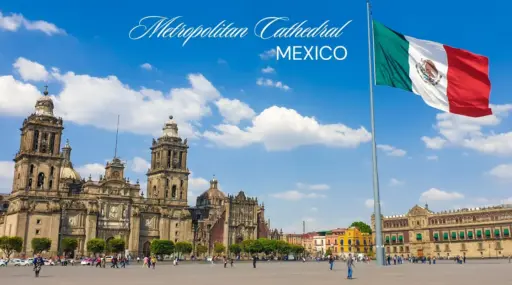

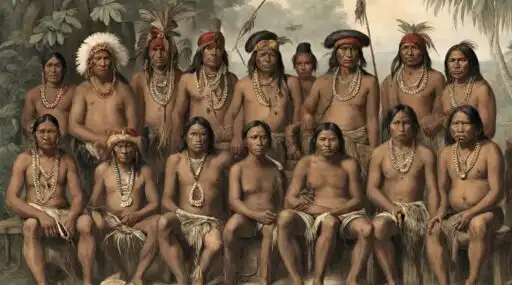


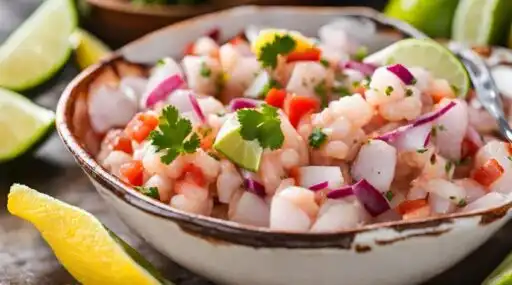



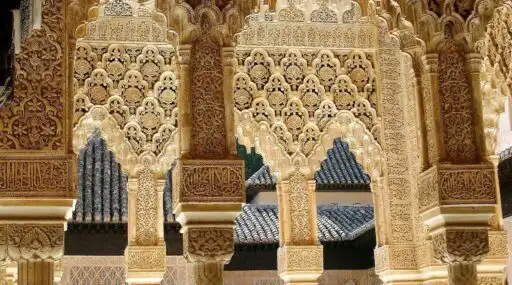
Leave a Reply